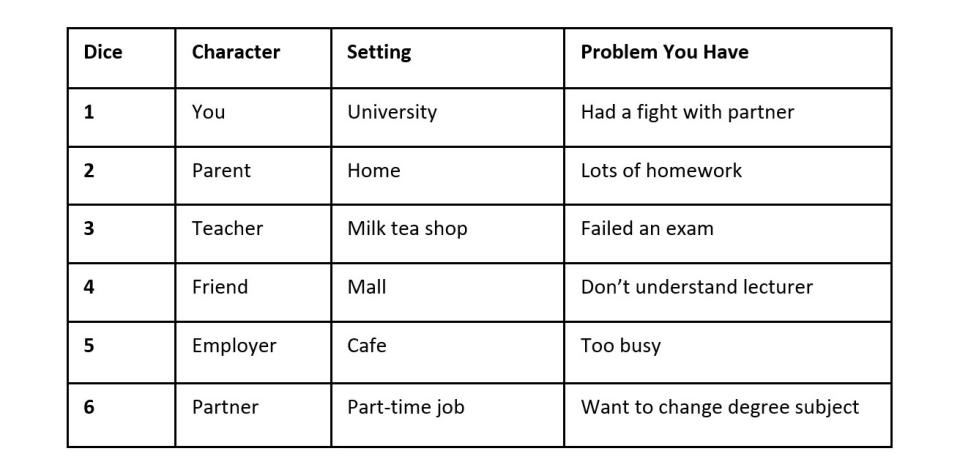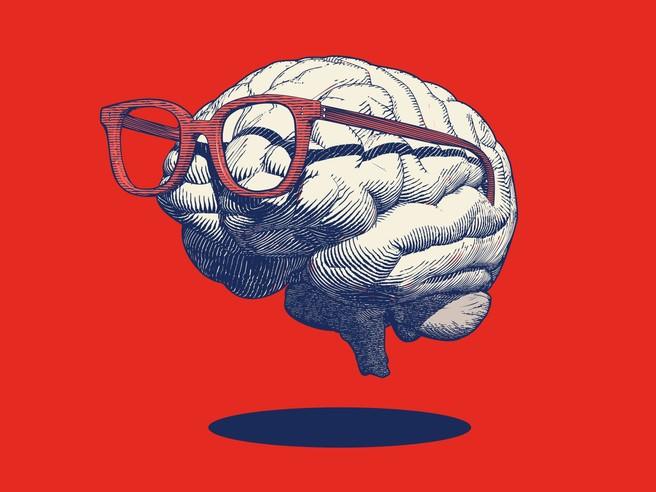
Creative writing to hone critical thinking
Parag Dandgey shares creative-writing activities designed to improve students’ critical-thinking skills by developing their understanding of multiple perspectives
You may also like
Popular resources
Critical thinking is a popular concept in higher education, mentioned repeatedly in university and course literature, but teaching students how to do it is not easy. For students, it’s a confusing skill to understand, let alone develop.
Enter stage left: creative writing. Research shows creative writing brings students’ attention to the concept of perspectives, an important aspect of critical thinking.
I’ve adapted writing activities from available research to enable students to creatively explore the concept of perspectives. The result has been an improvement in the students’ academic writing. A student who grasps the concept of thinking through, or about, other people can develop their academic writing in terms of stance, points of view or evaluation.
- Resources for fostering creativity in higher education
- A translation exercise to improve students’ creative writing
- How to use reflective journals to foster critical thinking skills
Reflecting on your life
During events in our lives, we act as participants and our perspective is limited to the moment. However, when given a chance to reflect on the event at a later date, we take on the role of spectator. This concept of spectatorship can be developed into a simple activity that allows students to look back at events, moments or problems in their lives and reflect.
- Students make a list of problems they have faced in their lives, how they solved them and how they felt at the time. This free writing phase lacks structure but is rich in ideas.
- Students choose one event and write a short piece in the past tense and third person.
In the process of writing, they turn themselves into a character and reflect on the past. This allows them to explore different perspectives on their own life.
Writing from a wider perspective
This activity invites students to write through the perspective of those marginalised in society. This activity raises students’ critical consciousness – the ability to take a step back from prejudices and observe situations from a wider perspective – according to research. The activity avoids the risk of controversy or tension by using a fictional being, in our case the Beast from Beauty and the Beast, instead of focusing on a marginalised person, such as a criminal or political outcast.
- Students read a short version of Beauty and the Beast.
- They break down the narrative into scenes and write about how they think the Beast feels. As in the previous example, free writing provides space to explore thoughts.
- They choose one scene and rewrite it from the perspective of the Beast in the first person.
This encourages students to think from an unconventional perspective.
A moral dilemma to tap into students’ empathy
This exercise involves solving a problem widespread in society. It leans on research into narrative imagination, which refers to empathetically understanding another person’s story in order to better understand society.
- Students are given a prompt such as “You are a woman interviewing for a job. You have recently become pregnant. The employer makes it clear that they have misogynist views on women and work availability. Do you tell the truth about your pregnancy?”
- Students ask the teacher questions in order to fully understand the problem.
- Free writing – students make notes on what the woman could do, including her reasoning.
- Students choose one scenario and write a short piece – this could be the interview scene or a monologue of the woman’s thoughts. The students could even include the perspective of the employer as another developed character.
Roll-a-story to learn problem-solving
This exercise is ideal as a short warm-up exercise, requiring the least amount of set-up. It allows students to approach everyday problems from a different point of view.
1) Students are given a dice and the following table:

2) The student rolls a dice and finds the number corresponds to an item in the Character column. They repeat this for Setting and Problem You Have. For example, if a student rolls a 2, 4 then 6, they will write a short piece about a parent in a mall dealing with the problem of their child wanting to change their degree subject.
The value of creativity
Creative writing is often perceived as something fun to do on a Friday afternoon, once the important academic work is complete. However, creative writing can be a valuable component of academic teaching, aiding critical thinking across disciplines. In a wider societal sense, empathy with individuals or situations will better prepare students for the real world.
Parag Dandgey is a language lecturer in the English Language Centre at Xi’an Jiaotong-Liverpool University.
If you would like advice and insight from academics and university staff delivered direct to your inbox each week, sign up for the Campus newsletter.





Comments (1)
or in order to add a comment